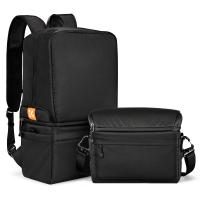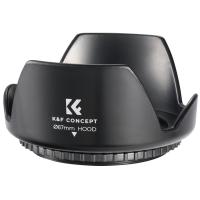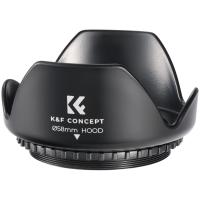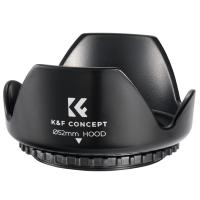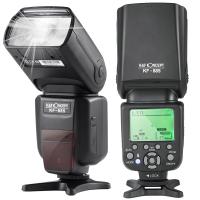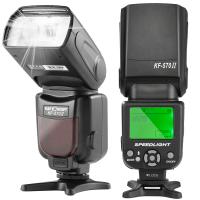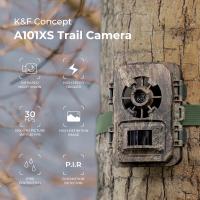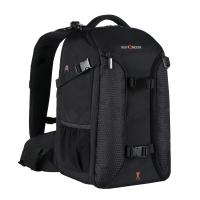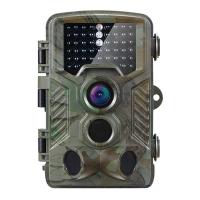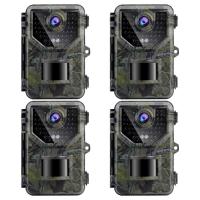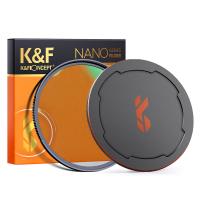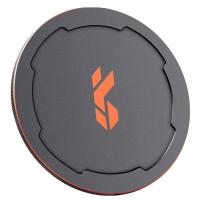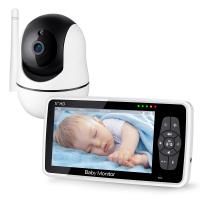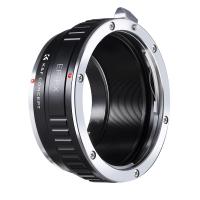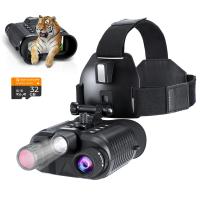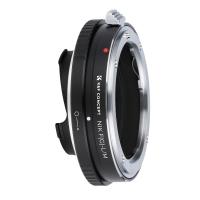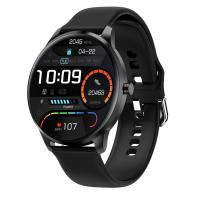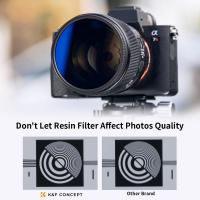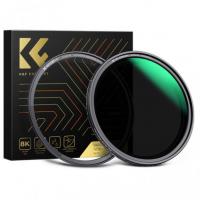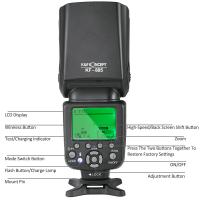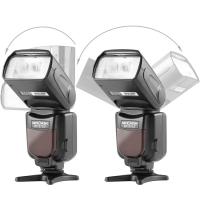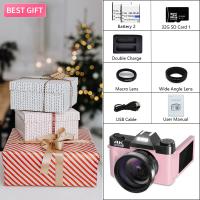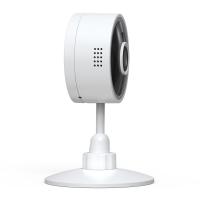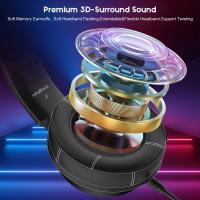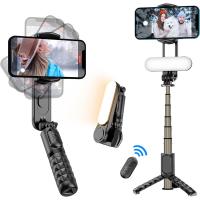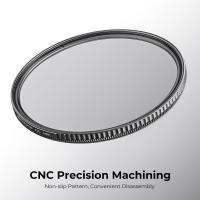When To Use A Camera Flash?
Understanding When to Use a Camera Flash: A Comprehensive Guide
Photography is an art that hinges on the manipulation of light. One of the most powerful tools in a photographer's arsenal is the camera flash. However, knowing when to use a flash can be a bit of a conundrum, especially for beginners. This article aims to demystify the use of camera flash, providing you with practical insights and tips to enhance your photography skills.
The Basics of Camera Flash
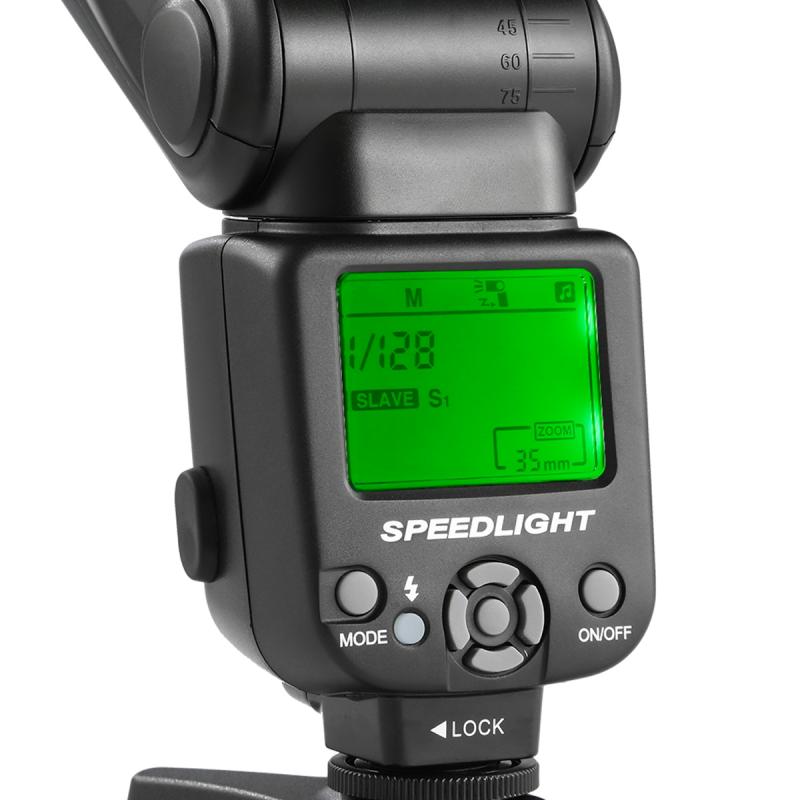
Before diving into the specifics of when to use a camera flash, it's essential to understand what a flash does. A camera flash is a burst of artificial light that illuminates a scene. It can be built into the camera or an external unit. The primary purpose of a flash is to provide additional light when natural light is insufficient, but it can also be used creatively to achieve various effects.
When to Use a Camera Flash
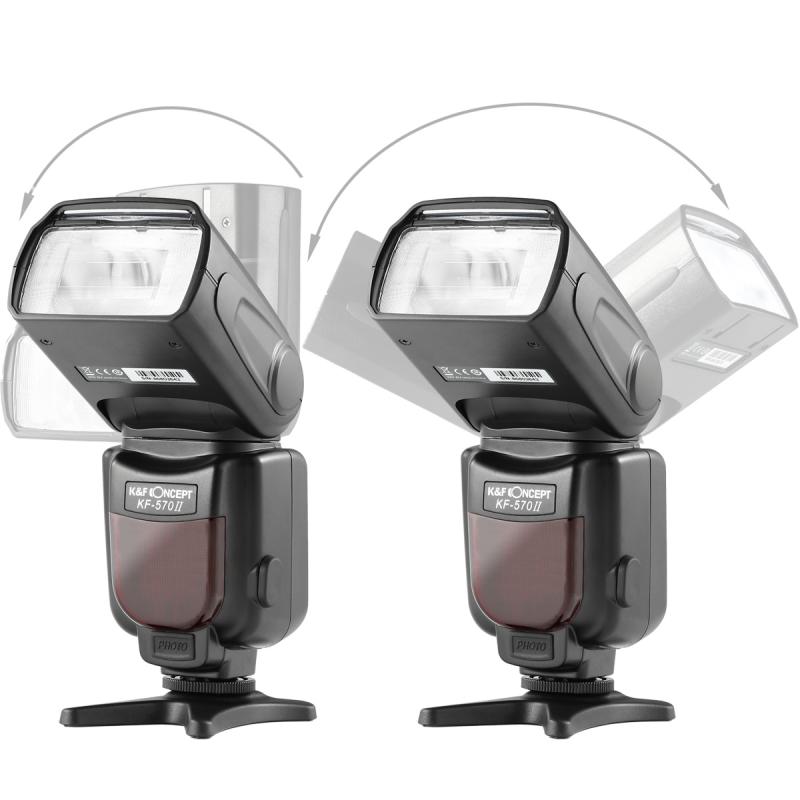
1. Low Light Conditions
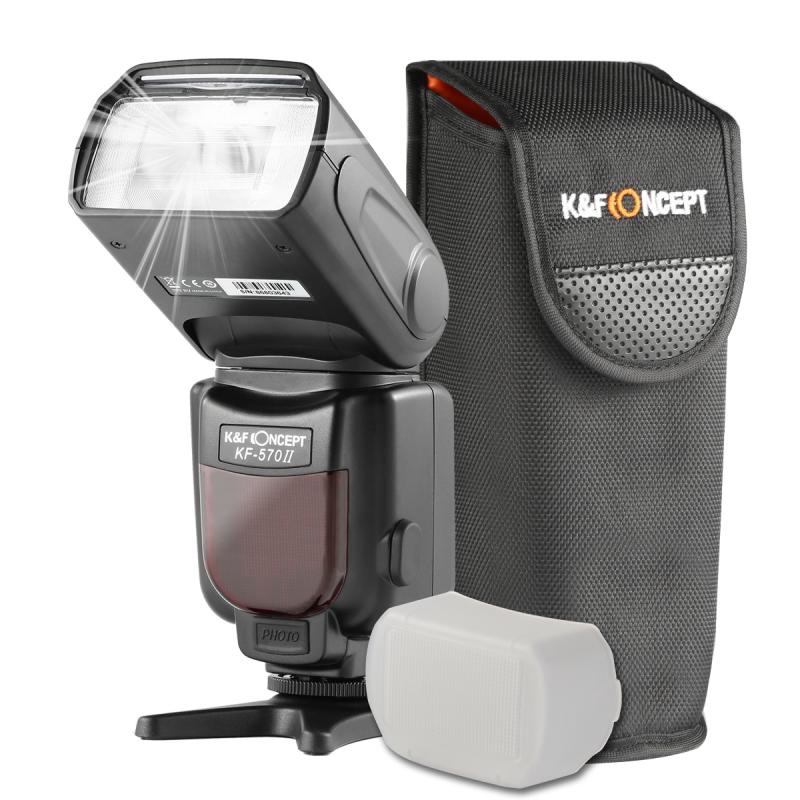
One of the most common scenarios where a flash is necessary is in low light conditions. Whether you're shooting indoors, at night, or in poorly lit environments, a flash can provide the necessary illumination to capture clear and detailed images. Without a flash, your photos may turn out blurry or grainy due to the camera's struggle to gather enough light.
2. Backlit Situations
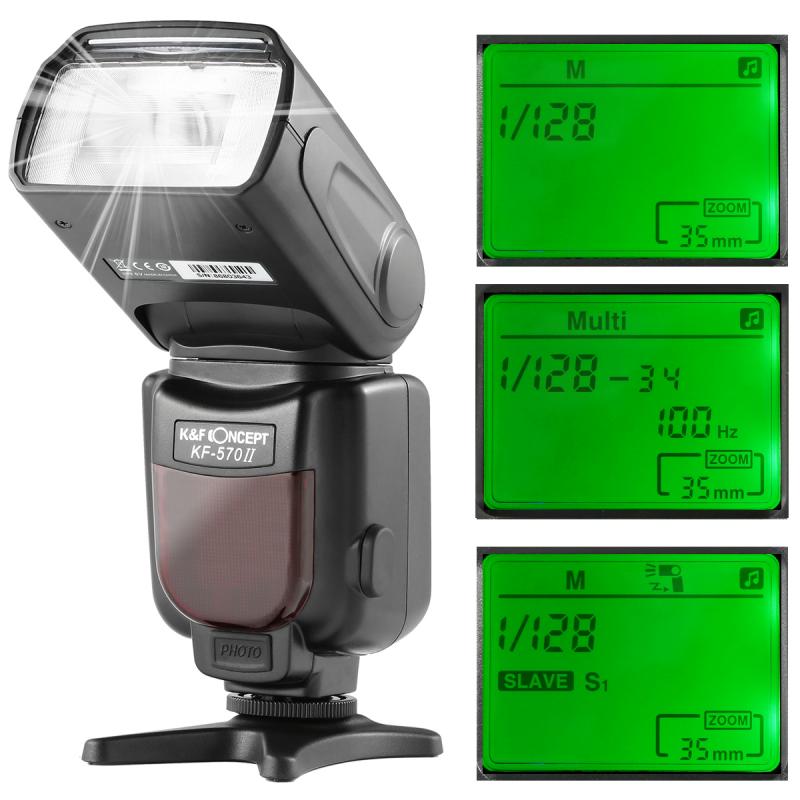
Backlighting occurs when the primary light source is behind your subject, causing them to appear as a silhouette. In such cases, using a flash can help illuminate the subject from the front, balancing the exposure and ensuring that details are visible. This technique is particularly useful for portrait photography, where you want to highlight the subject's features.
3. Fill Flash in Daylight
It might seem counterintuitive, but using a flash in broad daylight can be beneficial. This technique, known as fill flash, helps to fill in shadows and reduce harsh contrasts caused by bright sunlight. For instance, when photographing people outdoors, a fill flash can soften shadows on their faces, resulting in more evenly lit and flattering portraits.
4. Freezing Motion
A flash can also be used to freeze motion in fast-paced environments. The brief burst of light can capture a split-second moment with sharpness and clarity. This is particularly useful in sports photography, where you want to capture the action without motion blur.
5. Enhancing Details
In macro photography, where you're capturing close-up shots of small subjects, a flash can help highlight intricate details that might otherwise be lost. The additional light can bring out textures and colors, making your macro shots more vivid and detailed.
Creative Uses of Camera Flash
Beyond the practical applications, a camera flash can be used creatively to achieve various artistic effects. Here are a few techniques to experiment with:
1. Slow Sync Flash
Slow sync flash combines a slow shutter speed with a flash. This technique allows you to capture both the ambient light and the flash, resulting in a well-exposed background and a sharp subject. It's particularly effective for night photography and capturing motion trails.
2. Rear Curtain Sync
Rear curtain sync, also known as second curtain sync, triggers the flash at the end of the exposure rather than the beginning. This technique is useful for creating a sense of motion in your photos, as it captures the subject's movement leading up to the flash. It's commonly used in creative portrait and action photography.
3. Off-Camera Flash
Using an off-camera flash allows you to control the direction and quality of light more precisely. By positioning the flash away from the camera, you can create dramatic lighting effects, such as side lighting or backlighting. This technique is widely used in studio photography and for achieving professional-looking portraits.
Tips for Using Camera Flash Effectively
While knowing when to use a flash is crucial, understanding how to use it effectively is equally important. Here are some tips to help you get the most out of your camera flash:
1. Diffuse the Light
Direct flash can create harsh shadows and unflattering highlights. To soften the light, use a diffuser or bounce the flash off a nearby surface, such as a wall or ceiling. This will create a more natural and even illumination.
2. Adjust Flash Power
Most external flashes allow you to adjust the power output. Experiment with different settings to find the right balance of light for your scene. In some cases, a subtle fill flash might be all you need, while in others, a more powerful burst may be necessary.
3. Use Flash Compensation
Many cameras offer flash compensation settings, allowing you to increase or decrease the flash output. This feature is useful for fine-tuning the exposure and achieving the desired lighting effect.
4. Practice Flash Photography
Like any other aspect of photography, mastering flash techniques requires practice. Experiment with different scenarios, settings, and techniques to understand how the flash interacts with your subject and environment. Over time, you'll develop an intuitive sense of when and how to use a flash effectively.
A camera flash is a versatile tool that can significantly enhance your photography, whether you're shooting in low light, dealing with backlighting, or looking to add creative effects to your images. By understanding when to use a flash and how to use it effectively, you can take your photography to the next level. Remember, the key to mastering flash photography lies in practice and experimentation. So, grab your camera, experiment with your flash, and discover the endless possibilities it offers.


